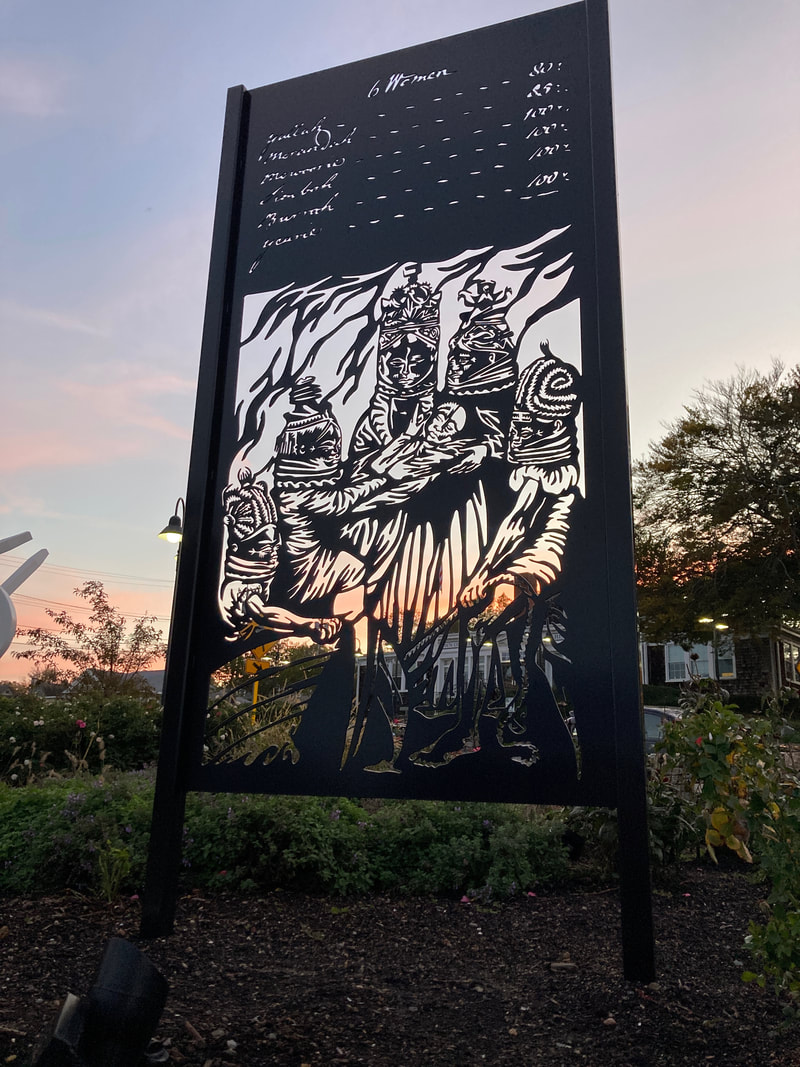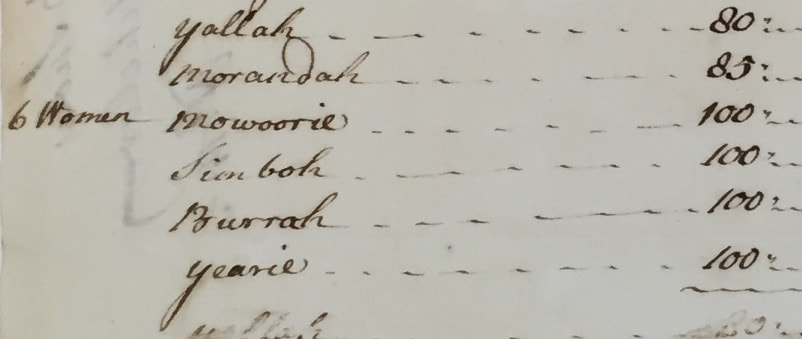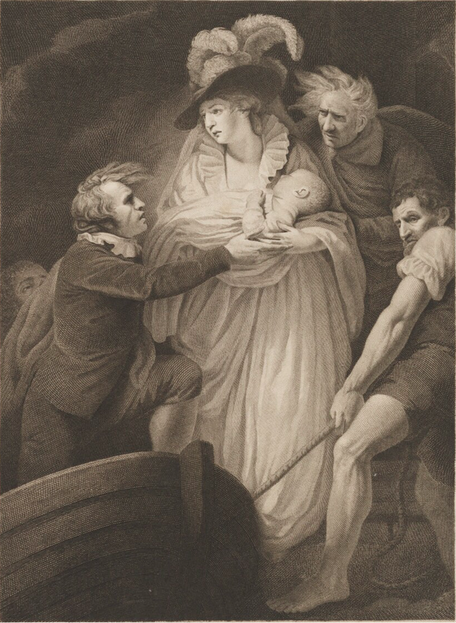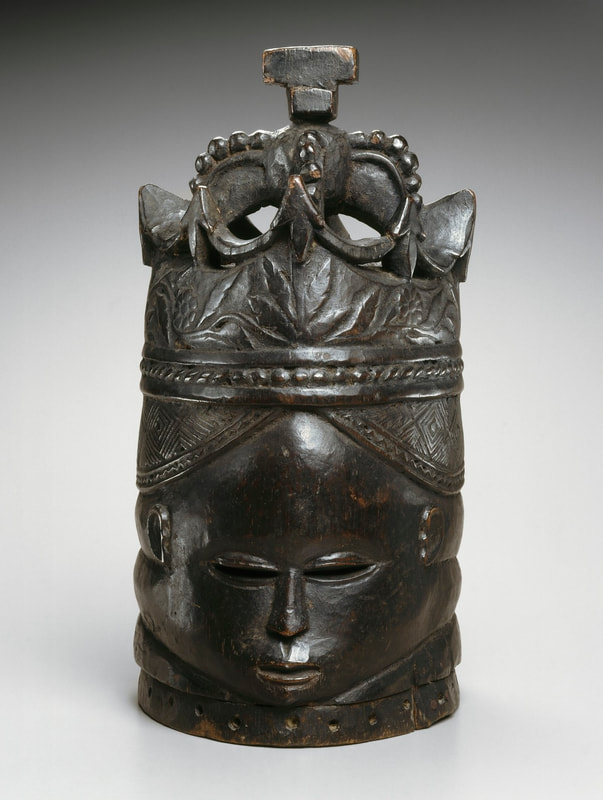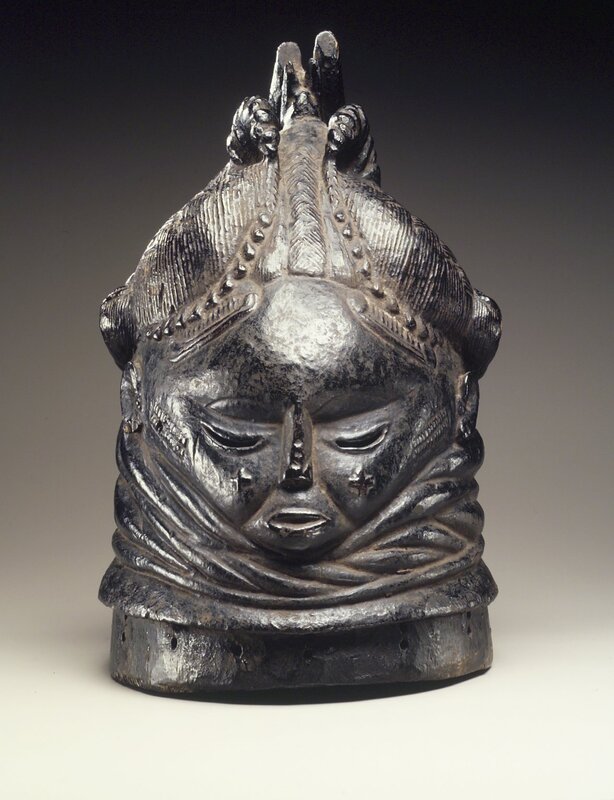Six of the First: Say Their Names; Yallah, Morandah, Mowoorie, Simboh, Burrah, Yearie
Jean-Marc Superville Sovak & Peter Fay, Public Historian in conversation at Jamestown Art Center 3/30/23
Peter's invaluable research on slavery in Jamestown, RI is available here.
Peter's invaluable research on slavery in Jamestown, RI is available here.
"Six of the First" is a monument to some of the earliest recorded Africans to have been brought to the shores of Newport County in 1743: six women named Yallah, Morandah, Mowoorie, Simboh, Burrah, and Yearie, names can be culturally traced to Temne tribes in present-day Sierra Leone. This monument seeks to represent these women in a way that they themselves might have recognized by borrowing traditional figures from ceremonial helmets worn by the Sande Society, an inter-tribal association that includes Temne, Mende, and Vai members.
The composition of the figures is based on a a 18th-century engraving depicting the flight of Mary of Modena, the illegitimate Catholic wife of King James II, eponym of Jamestown. The faces of the royal figures depicted as refugees fleeing at sea are substituted with carved helmets worn by the Sowei, anonymous matriarchs of the Sande Society.
The composition of the figures is based on a a 18th-century engraving depicting the flight of Mary of Modena, the illegitimate Catholic wife of King James II, eponym of Jamestown. The faces of the royal figures depicted as refugees fleeing at sea are substituted with carved helmets worn by the Sowei, anonymous matriarchs of the Sande Society.
In the spirit of Nikole Hannah Jones’s 1619 Project, "Six of the First" seeks to reframe the historical narrative of Rhode Island, often described as one of the corners of the triangular trade route that trafficked in enslaved bodies, sugar and rum in the 17th and 18th centuries. These are stories that need to be told in conjunction with the Jamestown Historical Society and Rhode Island Slave History Medallion project which has gathered a valuable trove of primary sources as historical references

